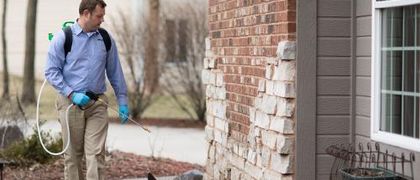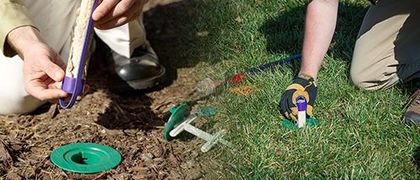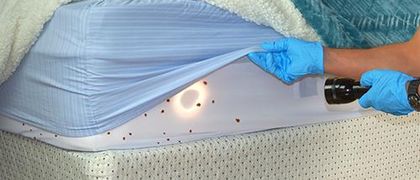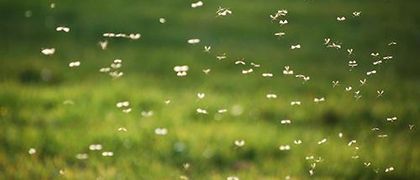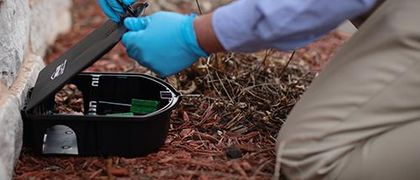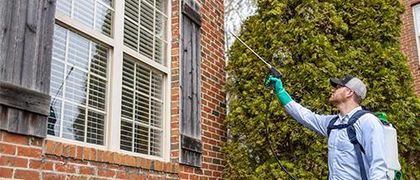Common Types of Wasps to Watch Out for in Iowa
When summer hits Iowa, it brings the usual: backyard barbecues, muggy afternoons, and unfortunately, wasps. Whether you're in Des Moines, Omaha, or Kansas City, spotting a wasp nest under your eaves or stumbling across one in your attic is enough to put anyone on edge.
The good news? Not all wasps are aggressive. But knowing which ones are and how to spot them can go a long way in keeping your home safe.
In this article, we’ll walk through the most common types of wasps in Iowa and how to tell them apart—including which ones to be extra cautious around.
Key Takeaways
- Yellowjackets and bald-faced hornets are aggressive wasps that defend their nests and sting more than once.
- Paper wasps have umbrella-shaped nests and will sting if disturbed, but also help by eating caterpillars.
- Mud daubers and cicada killers are large but gentle wasps that rarely sting and help control other bugs.
- Professional wasp control is worth it when nests are near people or wasps are making your yard uncomfortable to use.
Yellowjackets
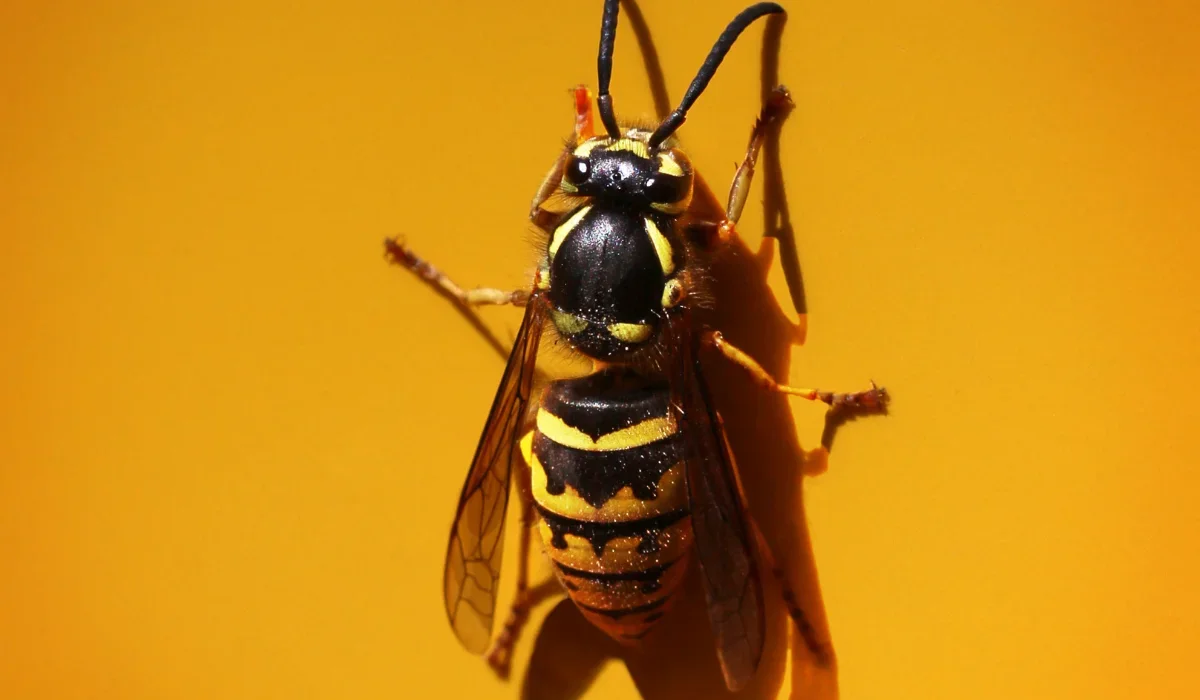
Yellowjackets are one of the most aggressive social wasps in Iowa. You can spot them by their bright yellow and black markings and compact, smooth bodies. Unlike honey bees or bumblebees, they don’t have much visible hair on their bodies.
These wasps build papery nests in the ground, wall voids, attics, or sometimes high in trees. They’re especially protective of their nests and won’t hesitate to sting multiple times if they feel threatened.
If you're seeing them consistently, it's worth calling a professional for stinging insect control.
Paper Wasps
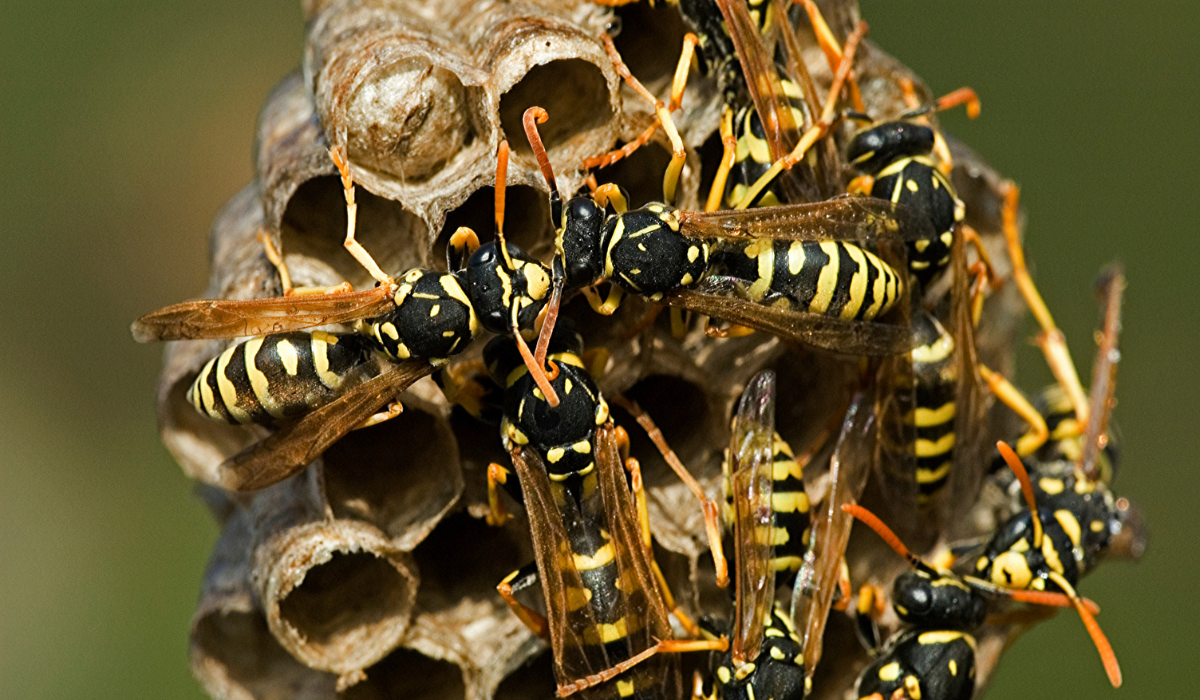
Paper wasps are another common sight in the Midwest. They get their name from the papery appearance of their umbrella-shaped nests, hanging from eaves, porch ceilings, and deck railings. They have long legs and slender bodies, often with yellow, brown, or reddish markings.
European paper wasps, which have become increasingly common in Iowa, are known for their bright yellow markings and resemblance to yellowjackets. While less aggressive than yellowjackets, they will sting if their nest is disturbed.
They also play a helpful role by hunting caterpillars and other larvae, so their presence isn't always a bad thing—as long as their nest isn’t too close for comfort.
Bald-Faced Hornets
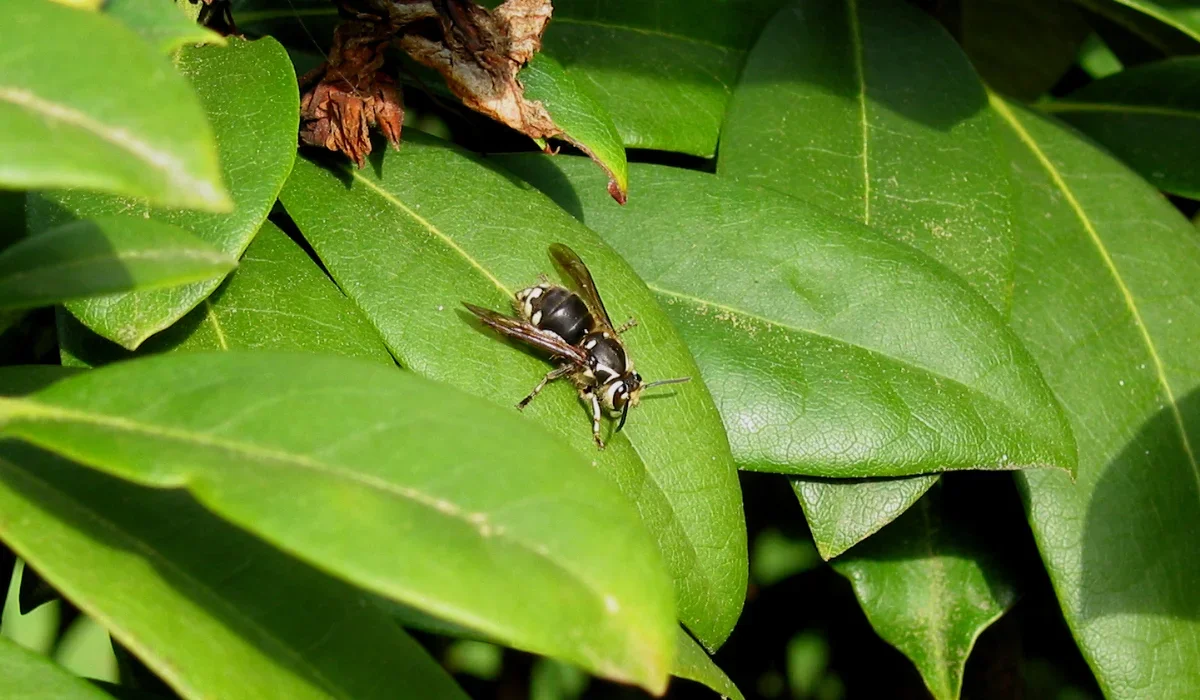
Despite the name, bald-faced hornets are actually a type of yellowjacket. They have large, black bodies with white or pale yellow markings on their face and thorax. These wasps build big, enclosed, football-shaped nests—usually up in trees or on structures like sheds.
These hornets are highly territorial. If you get too close to their nest, they’ll swarm quickly and sting repeatedly. Because of their aggression and the size of their colonies, these wasps should always be handled by a professional exterminator.
Mud Daubers
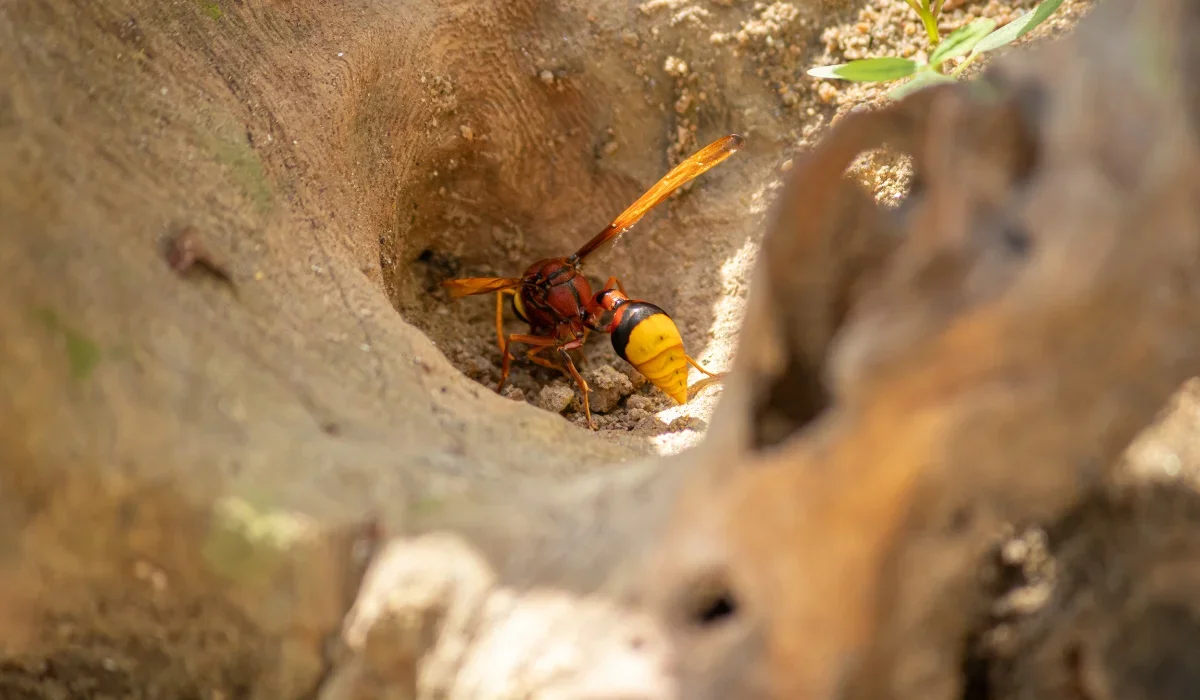
Mud daubers are solitary wasps that build nests out of mud, often in attics, sheds, or under eaves. You might recognize their nests as long, tube-shaped mud structures stuck to walls or ceilings. These wasps are actually pretty harmless. They’re not aggressive and rarely sting, even if you’re near their nest.
What makes them especially interesting is their diet. They hunt spiders, and research out of southeastern Nebraska found they don’t just grab any spider—they go after specific families.
Cicada Killer Wasps
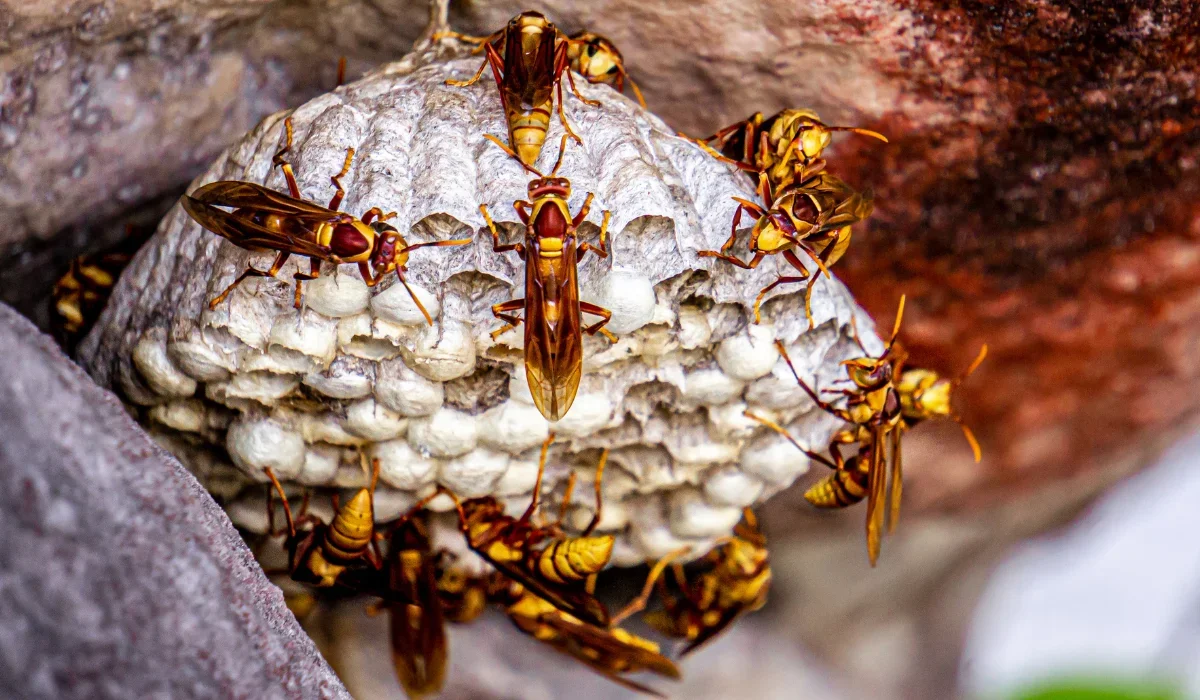
These wasps are massive—some growing up to two inches long—but don’t let their size fool you. Cicada killer wasps might look intimidating, but they’re not aggressive toward humans.
With their black bodies and bright yellow markings, they resemble oversized yellowjackets. They dig tunnels in the ground where they drag cicadas to feed their larvae. You’ll often see them flying low to the ground or around sandy areas.
If they’re not bothering anyone, it’s best to leave them alone. But if their activity makes your yard feel like a no-go zone, a pest control team can help relocate or eliminate the problem.
When to Call for Help
Most wasps are just doing their thing, hunting insects and contributing to pollination. But if you’re dealing with an infestation or see nests forming in high-traffic areas, it’s smart to act early.
At Miller Pest & Termite, we offer expert wasp nest removal across Iowa, including Des Moines, Omaha, and Kansas City. Our team can safely remove nests from eaves, attics, and anywhere else they pop up—including up to 25 feet high. We don’t treat honey bees, but we’ll help identify them and point you in the right direction.
If you’re noticing increased wasp activity around your home, give us a call. We’ll take care of it so you can get back to enjoying your yard.
Get Help Now!

